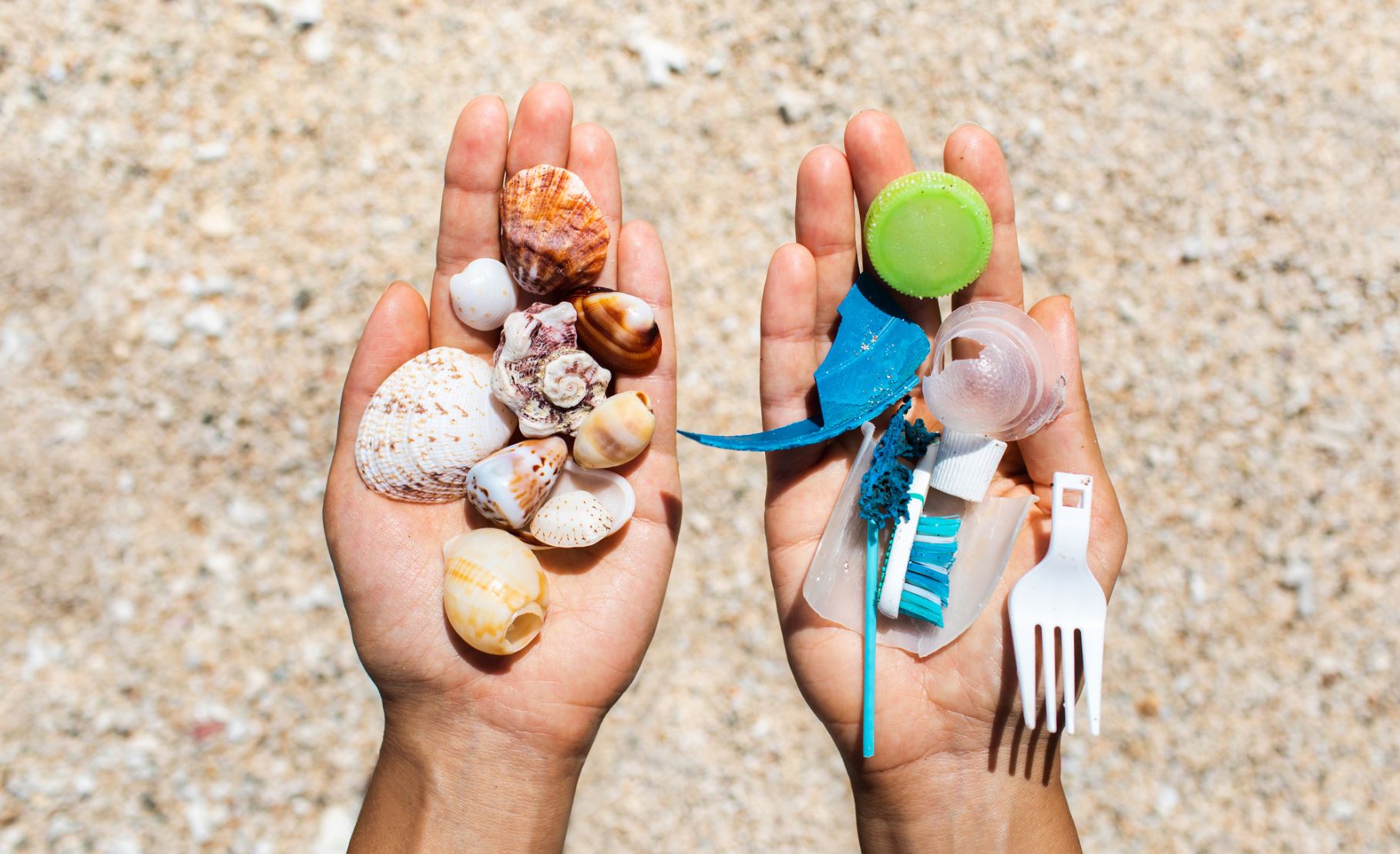Media release
From:
Rising levels of plastic waste are breaking down in every part of Earth’s land, sea and air, leading to the proliferation of micro- and nanoplastic pollution posing a risk to all lifeforms.
Flinders University Associate Professor Melanie MacGregor, an ARC Future Fellow and Matthew Flinders Fellow in Chemistry, has co-authored a scientific policy submission to next month’s United Nations final round negotiations to support the launch an effective international treaty to manage plastic production and waste.
Nanoplastics are pollutants of concern to human health and ecosystems around the world and are an important part of this treaty debate, with the intentional and unintentional release of chemicals and other particles part of all plastics’ life-cycle, says Associate Professor MacGregor, who is a member of the international scientist coalition for the plastic treaty.
The Scientists' Coalition for an Effective Plastics Treaty has submitted a policy brief to the UN-led Intergovernmental Negotiating Committee (INC) to be held in Geneva, Switzerland on August 5-14, 2025.
Worldwide consumption of plastics is ballooning. More than half of the plastics ever made were created after 2000. On the current trajectory, annual global production is expected to double by 2050.
With much of this plastic being single-use, and less than 10% of plastic waste currently being recycled, the output will continue to contaminate land and marine environments around the world.
“In our submission, we call for more control, prevention and monitoring of plastic industries, in particular the release and ‘leakage’ of chemicals and other particles including primary polymers,” says Associate Professor MacGregor, who leads the Nano and Microplastics Research Consortium at the College of Science and Engineering at Flinders University.
“Tougher measures should be taken to reduce the release of greenhouse gas emissions, chemicals and pollutants such as volatile organic compounds and micro- and nanoplastics to the environment, food chain and living organisms both during production and after use,” she says.
As well, much more needs to be done to improve production, use, waste management, recycling and remediation of plastics – not least to stop the intentional use of microplastics (particles of up to 5mm) in paints,
personal care products, industrial abrasives, and synthetic textiles, tyre and road materials, food contact and agricultural plastics, and other industries.
“Millions of tonnes of microplastics can break down into even smaller nanoplastic particles and lead to chemical leakages,” says Associate Professor MacGregor.
The second part of the fifth session of the INC next month aims to develop an international legally binding instrument on plastic pollution, including in the marine environment (INC-5.2).
Flinders University researchers have been monitoring microplastic levels in freshwater and marine environments in South Australia, with one study finding plastic pollution in seven water catchment areas contributing to inflow into Adelaide and regional coastal environments. Fibres (72 %), followed by fragments (17 %) and beads (8 %) were the most abundant microplastics found in the freshwater samples.
Scientists' Coalition for an Effective Plastics Treaty (2025). Article 7: Releases and leakages. Why is this article important and what could be improved? https://doi.org/10.5281/zenodo.15638884
Multimedia




 Australia; International; SA
Australia; International; SA


